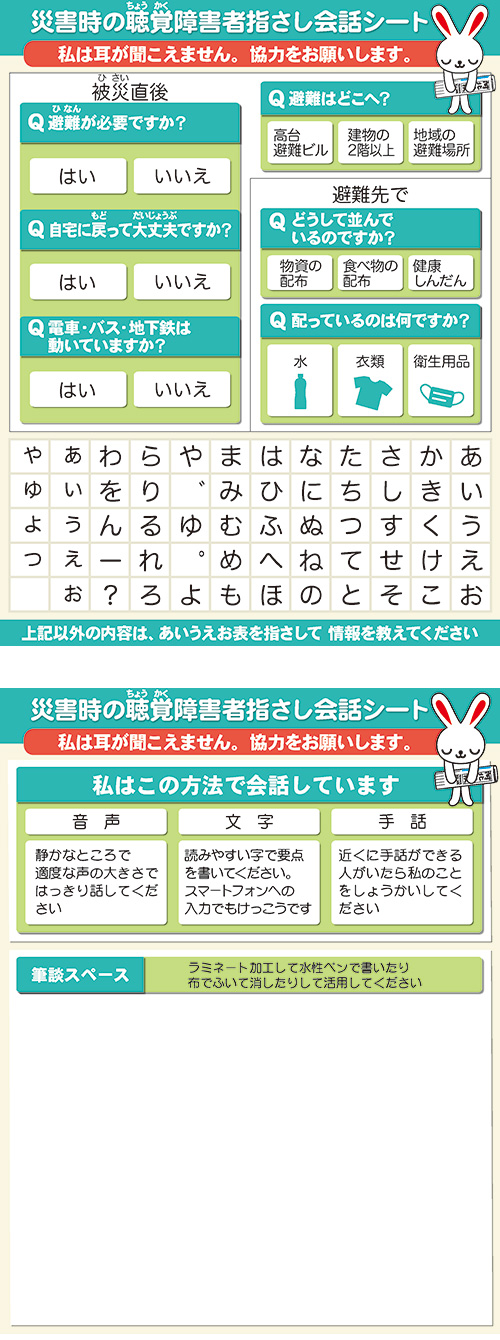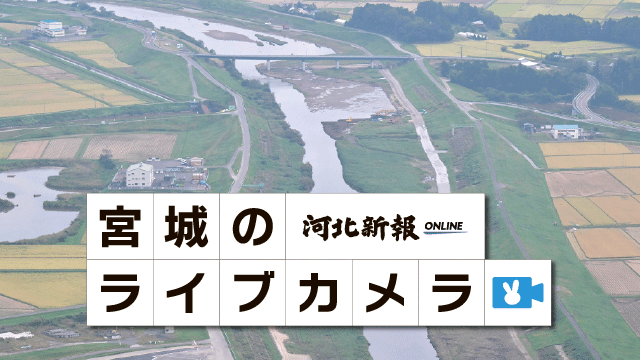Part 8: Teachings (1) Proactive Evacuation / Sight of Escape will Move Others




Following the Great East Japan Earthquake, ideas that encourage early evacuation from tsunamis, such as “proactive evacuation” and “tsunami tendenko” (to each his/her own), have spread around the country. Some were saved by following these words, but still others lost their lives. In this article, we explore the underlying message of these teachings. (“Preserve Lives and Communities” Investigation team)
◎The urgent need for crisis awareness
The golden rule of tsunami evacuation is to escape as high as you can, as early as possible. During the Great East Japan Earthquake, life or death was determined by whether this was put into action.
After the earthquake, Masanori Sato (72, unemployed) and his wife (72) of Hajikami District, Kesennuma City, drove home from an outing sometime before 3 p.m. Looking towards the road, they saw a line of students from the Kesennuma Koyo High School walk past.
They were heading away from the sea. “If everyone is evacuating, we should escape too.” Ten minutes later, the couple followed after the students.
The high school stands around 500 meters from the sea. As soon as the shaking subsided, 170 first and second-years who were at school for club activities began evacuating to Jifuku Temple, located 300 meters away. Half of the teachers accompanied them, and the other half remained on higher floors of the school building.
They arrived at the temple in around five minutes, and learned that a major tsunami warning had been issued. By way of caution, they moved to RikuzenHashikami Station on the JR Kesennuma Line. The students filed up a street flanked by private residences. Tsuyoshi Kataoka (36), a teacher, walked at the end of the line.
Kataoka and his colleagues called out to residents who were picking up fallen roof tiles, advising them to evacuate. They were slow to respond, so the teachers hurried on their way.
Just as they sat down at a clearing in front of the station, the angry voice of a male resident rang through the air: “What are you doing. The tsunami is already right there.”
When Kataoka went to examine the condition of National Route 45, he saw the tsunami travel across the south side. “Hurry!” The crowd of students started running at once. They crossed National Route 45, and headed for the three-story building of Hashikami Junior High School.
The effectiveness of “proactive evacuation,” encouraging anyone who senses danger to run immediately, has recently been gathering attention. Almost all elementary and junior high school students in Kamaishi City were saved after practicing this, and the sight of the escaping students yelling “a tsunami is coming,” “run,” urged others around them to evacuate as well.
The students of Kesennuma Koyo High School were saved by their quick action. On the other hand, by walking in an orderly manner during evacuation, almost no other residents besides the Satos felt compelled to escape.
The residents of the community lacked awareness of the need to evacuate. “We didn’t think anything of seeing the students walk by,” residents say unanimously. They managed to escape danger by seeing the tsunami and evacuating to higher ground, or running up to the second floor of a building.
Under the principle of proactive evacuation, the more evacuees raise commotion, the more they incite mob psychology. In this case, the ability of the teachers and students to prompt evacuation was limited.
Jifuku Temple, where the students first evacuated, was not damaged by the Great Meiji Sanriku Tsunami of 1896, and the community believed that they would be safe by escaping to the temple. In particular, the area lying on the west of the temple had never received tsunami damage.
The first wave of the tsunami hit the region past 3:20 p.m. A tsunami tall enough to reach the fourth floor of Kesennuma Koyo High School surged forward, ripping open the main building walls of Jifuku Temple. More than 30 people lost their lives around the road that the students used for evacuation.
◎The teachings of “proactive evacuation” Protect your own life above all else / An interview with Professor Toshitaka Katada, Gunma University Graduate School of Science and Technology
The elementary and junior high school students of Kamaishi City evacuated immediately during the Great East Japan Earthquake, and almost all of the 3000 students survived. This prompted large numbers of nearby residents to evacuate, and is now known as a successful case of proactive evacuation. Professor Toshitaka Katada of Gunma University Graduate School of Science and Technology (Disaster Social Engineering) is a disaster prevention/crisis management advisor for Kamaishi, and advocates “proactive evacuation” and the “three principles of evacuation.” He stresses that “Protecting your own life above all else will result in saving many other lives.”
Kahoku Shimpo : You have taught people to become proactive evacuees through the “three principles.”
Toshitaka Katada : During emergencies, humans become incapable of making the decision to escape. This is caused by a mental state that convinces them a situation is normal, even if that is far from the truth. It is necessary to evacuate quickly in order to save your life above all else.
It is not embarrassing or cowardly to escape. The sight of people escaping provides the most valuable disaster information for others. When someone starts moving, surrounding people will realize the danger, prompting them to escape as well. In other words, it becomes a trigger for evacuation.
KS : The children of Kamaishi were exemplary.
TK : Through disaster prevention education involving the local community, the idea that ‘junior high school students know best about tsunamis’ had permeated throughout the region. The sight of those junior high school students escaping frantically convinced others about the abnormality of the situation, raising the sense of urgency.
If the community holds no sense of danger against tsunamis, or feel the need to evacuate, the ripple effect of proactive evacuation would be weak. The initiative to create proactive evacuees is spreading throughout the country. As the threat of the Nankai Megathrust Earthquake approaches western Japan, these efforts will likely be effective, especially after witnessing the terrifying tsunami of the Great East Japan Earthquake.
KS : Could proactive evacuation and assistance of the vulnerable be managed together?
TK : This is truly a difficult problem. Running over to help an elderly who is not escaping, despite being able to move, could increase the number of victims. The first step is to thoroughly carry out proactive evacuation, encouraging unassisted escape whenever possible and limiting the number of those needing assistance.
There are cases where families can help the vulnerable evacuate on their own. The major premise is that everyone takes initiative in protecting lives, and doing the best they can.
KS : You had been teaching the children of Kamaishi that they have the responsibility to help others.
TK : While enduring the main shock of the earthquake at Hachinohe City, I remembered the children of Kamaishi and thought, ‘Don’t go.’ We had been training them to carry the elderly on bicycle-drawn carts, but I was terrified, imagining the children pulling the carts when a tsunami was sure to arrive. I regretted encouraging that training.
It turned out that they did not have time to pull the carts, practicing proactive evacuation. There are no hard-and-fast rules over whether you should protect your own life or save others. Fire corps volunteers and social workers share this dilemma, and there is no clear answer. Still, I believe that nobody can deny the right for someone to protect their own life.
<Toshitaka Katada> Born in Gifu Prefecture. PhD, Toyohashi University of Technology Graduate School. Specializes in Disaster Social Engineering. Head of the Research Center for Disaster Prevention in the Extended Tokyo Metropolitan Area, Gunma University. Acts as disaster prevention and crisis management advisor at municipalities across the country, including Kamaishi City and Owase City, Mie Prefecture. 52 years old.
Translated by Anna Wada
June 23, 2013 (Sun.)
[Japanese] http://www.kahoku.co.jp/special/spe1114/20130623_01.html
 朝刊・夕刊
朝刊・夕刊 記事を探す
記事を探す FAQ
FAQ















